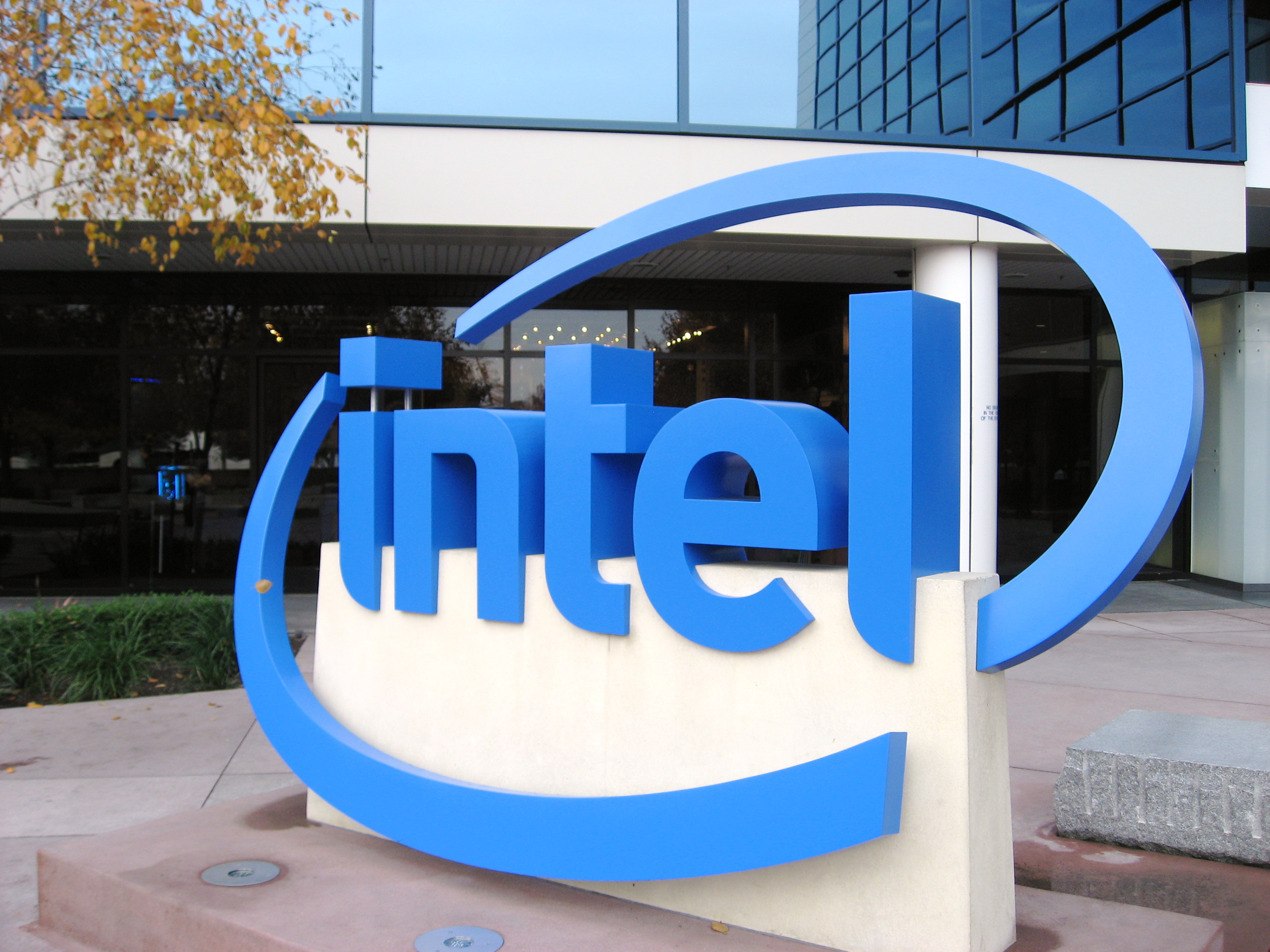 NEWS
NEWS
 NEWS
NEWS
 NEWS
NEWS
Struggling Intel Corp. somehow managed to beat out analysts expectations in the second quarter of fiscal 2015, even though its results were worse than in the previous quarter.
Intel’s Client Computing Group, the division responsible for selling processors for desktops, laptops and mobile devices (and by far and away its biggest business) saw revenues plunge by 14 percent from this time last year to just $7.5 billion. Elsewhere, its Data Center Group, which sells Xeon server processors, did a bit better with revenues of $3.9 billion, up 10 percent year-on-year, but still not enough to offset the declining PC industry. The company’s burgeoning Internet of Things division also showed an improvement, with revenues of $559 million.
In total, Intel pulled in revenues of $13.2 billion for the quarter, five percent less than the same period one year ago. Net income came in at $2.7 billion, a three percent drop from the year before.
Intel’s revenue and profit were both higher than the expectations of most Wall Street analysts, Thomson Reuters reported.
Even so, just because Intel beat analysts’ expectations, that doesn’t say much when said analysts weren’t expecting a whole lot anyway. It does nothing to hide the truth that Intel is taking a battering from the decline in its primary market, and its dive into new areas like the Internet of Things and software clearly isn’t enough to make up for those losses.
Intel’s poor performance was widely expected, because just last week Gartner Inc. revealed it expects global PC shipments to decline by 4.5 percent this year compared to last. More recently, International Data Corp. (IDC) said that global PC sales were down 12 percent in the last quarter, thanks in part to some buyers holding out for the release of Windows 10.
In his statement yesterday, Intel CEO Brian Krzanich said he’s expecting the launch of Windows 10, together with the release of Intel’s upcoming Skylake processor, to generate lots more “excitement” among PC buyers.
But it’s not clear how much of an impact Windows 10 (or the new chips) will have, because Microsoft is allowing new users to upgrade their existing machines for free. As such, many people will likely put off buying new hardware. For its part, Gartner says Windows 10 won’t have any positive impact on PC sales until next year, at the earliest.
It’s not just Intel who’s suffering from the collapse of the PC market. It’s main rival Advanced Micro Devices, Inc. (AMD) recently warned that its own revenues this quarter would be lower than previous forecasts. The company is set to announce its results later today, and just like Intel it’s also struggled to make inroads in the smartphone and tablet market.
Support our mission to keep content open and free by engaging with theCUBE community. Join theCUBE’s Alumni Trust Network, where technology leaders connect, share intelligence and create opportunities.
Founded by tech visionaries John Furrier and Dave Vellante, SiliconANGLE Media has built a dynamic ecosystem of industry-leading digital media brands that reach 15+ million elite tech professionals. Our new proprietary theCUBE AI Video Cloud is breaking ground in audience interaction, leveraging theCUBEai.com neural network to help technology companies make data-driven decisions and stay at the forefront of industry conversations.